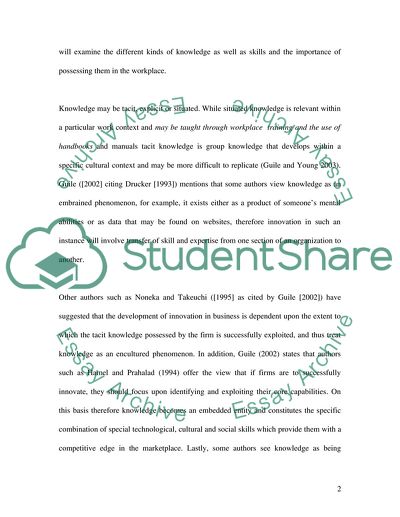Cite this document
(“WHAT ASSUMPTIONS DOES THE CONCEPT OF TRANSFER MAKE ABOUT THE Essay”, n.d.)
Retrieved from https://studentshare.org/miscellaneous/1544994-what-assumptions-does-the-concept-of-transfer-make-about-the-development-of-and-the-application-of-knowledge-and-skills-in-and-between-education-and-workplace
Retrieved from https://studentshare.org/miscellaneous/1544994-what-assumptions-does-the-concept-of-transfer-make-about-the-development-of-and-the-application-of-knowledge-and-skills-in-and-between-education-and-workplace
(WHAT ASSUMPTIONS DOES THE CONCEPT OF TRANSFER MAKE ABOUT THE Essay)
https://studentshare.org/miscellaneous/1544994-what-assumptions-does-the-concept-of-transfer-make-about-the-development-of-and-the-application-of-knowledge-and-skills-in-and-between-education-and-workplace.
https://studentshare.org/miscellaneous/1544994-what-assumptions-does-the-concept-of-transfer-make-about-the-development-of-and-the-application-of-knowledge-and-skills-in-and-between-education-and-workplace.
“WHAT ASSUMPTIONS DOES THE CONCEPT OF TRANSFER MAKE ABOUT THE Essay”, n.d. https://studentshare.org/miscellaneous/1544994-what-assumptions-does-the-concept-of-transfer-make-about-the-development-of-and-the-application-of-knowledge-and-skills-in-and-between-education-and-workplace.


